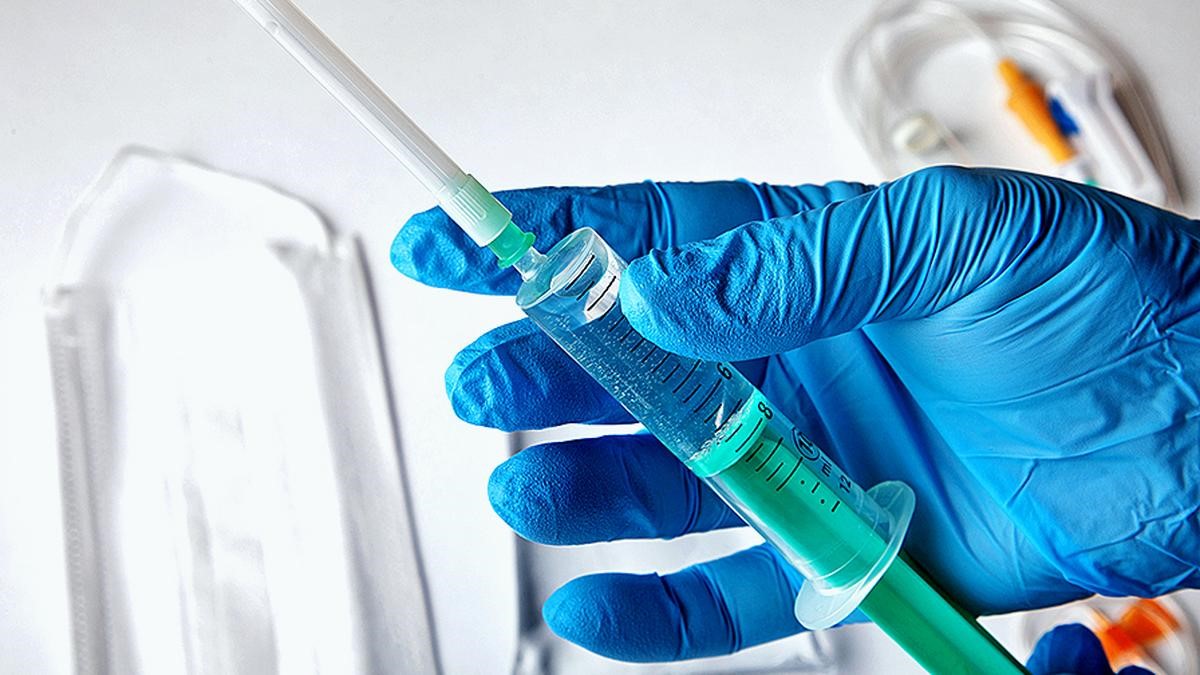





Source: Hindu
Disclaimer: Copyright infringement not intended.
Context
Details
Overview of Malaria
Classification and Causative Agents
Life Cycle of Plasmodium
Symptoms
Treatment
Prevention and Control
Epidemiology
Sources:
|
PRACTICE QUESTION Q. Discuss the current status of malaria in India, highlighting the key strategies implemented by the government to combat the disease. What challenges persist in achieving malaria elimination, and how can these be addressed? (150 Words) |






© 2025 iasgyan. All right reserved